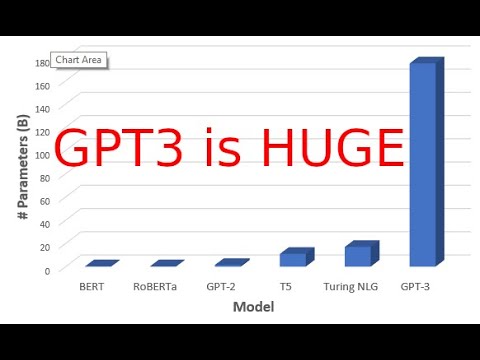Blake
In this video, I go over how to download and run the open-source implementation of GPT3, called GPT Neo. This model is 2.7 billion parameters, which is the same size as GPT3 Ada. The results are very good and are a large improvement over GPT-2. I am excited to play around with this model more and for the future of even larger NLP models.
Notebook https://github.com/mallorbc/GPTNeo_notebook
GPT Neo github https://github.com/EleutherAI/gpt-neo (use the first release tag)
GPT Neo HuggingFace docs https://huggingface.co/transformers/model_doc/gpt_neo.html
A useful article about transformer parameters https://huggingface.co/blog/how-to-generate
00:00 – GPT3 Background
01:07 – GPT3 Interview
02:06 – GPT Neo Github
03:14 – GPT Neo HuggingFace
03:52 – Setting up Anaconda and Jupyter
05:05 – Starting the Jupyter notebook
06:14 – Installing dependencies in the notebook
06:58 – Importing needed dependencies
07:33 – Selecting what GPT model to use
08:45 – Checking our computer hardware
09:36 – Loading the tokenizer
09:55 – Giving our inputs
10:39 – Generating the tokens with the model
11:42 – Decoding and reading the result
13:22 – Reflections on Transformers
14:26 – Outro questions future work
